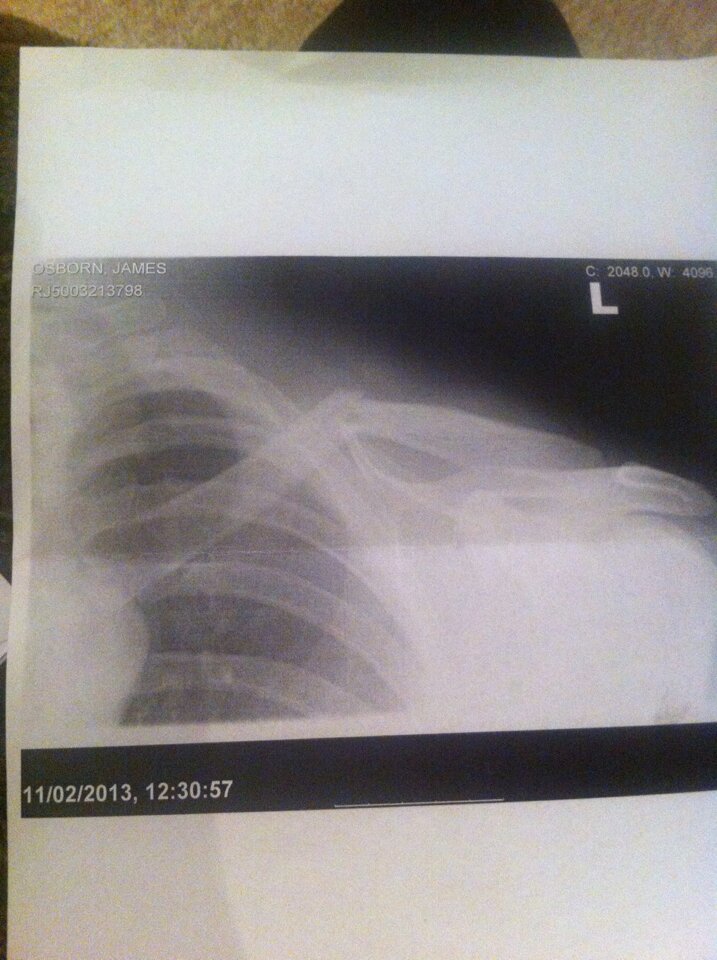Highland Trail 36:
As outdoor personal trainers moving around London with all our equipment, the rucksack has quickly become our most prized possession. We’ve got through numerous bags in search of the perfect model and it’s not been easy, but we are pleased to say we can call off the search.
The Highland Trail from Jack Wolfskin is not only the most comfortable rucksack we’ve come across, it’s also incredibly smart and space efficient. The dual chambers are designed with access points from two and sometimes three different pockets meaning it’s super easy to pack and retrieve kit from anywhere in the bag. The fold out zip pockets are perfect for small pieces of gear that are constantly being taken out like clients phones, water bottles, house keys and wallets.
Carrying over 15kg at times means we need an extremely high level of support, which the Highland Trail has in spades. The ACS TIGHT carry system ensures complete flexibility of movement with maximum ventilation and comfort. With a strong and easily adjustable waist belt the load is evenly distributed across the whole posterior, from shoulders to back and hips. On top of all that, the bag looks great and with an easily accessible and tight fighting waterproof cover, it protects everything inside.
It’s fair to say that everyone here at Freedom2Train has become a huge fan of the Highland Trail. For space, comfort, support and protection you cannot look past this superb multi-purpose bag.




